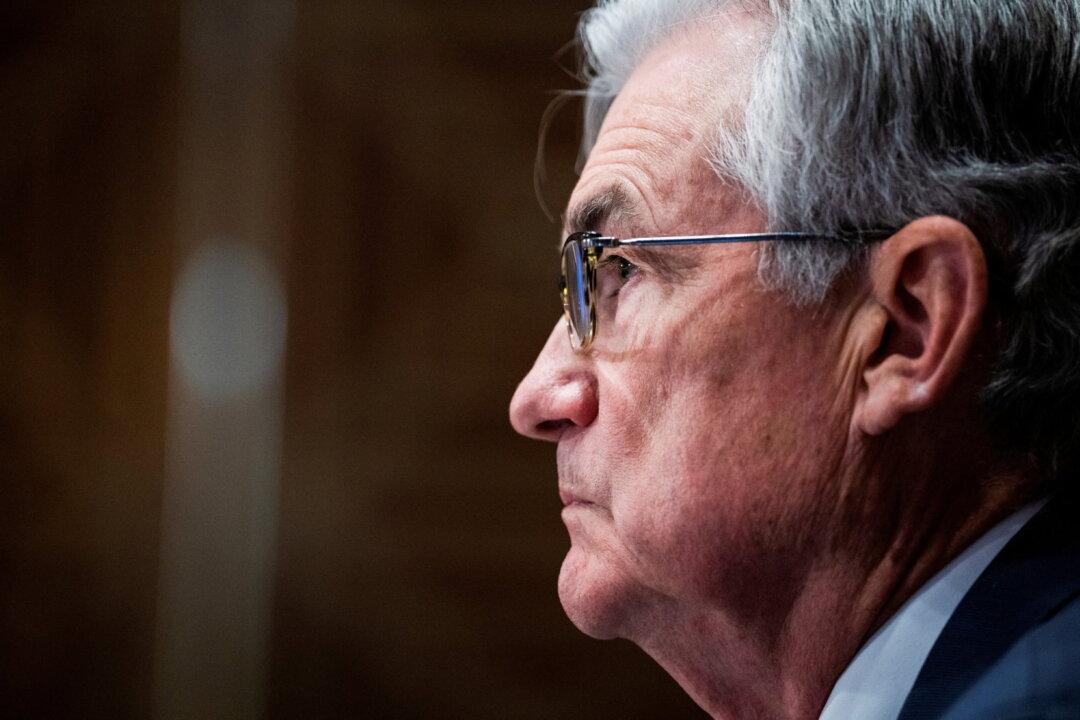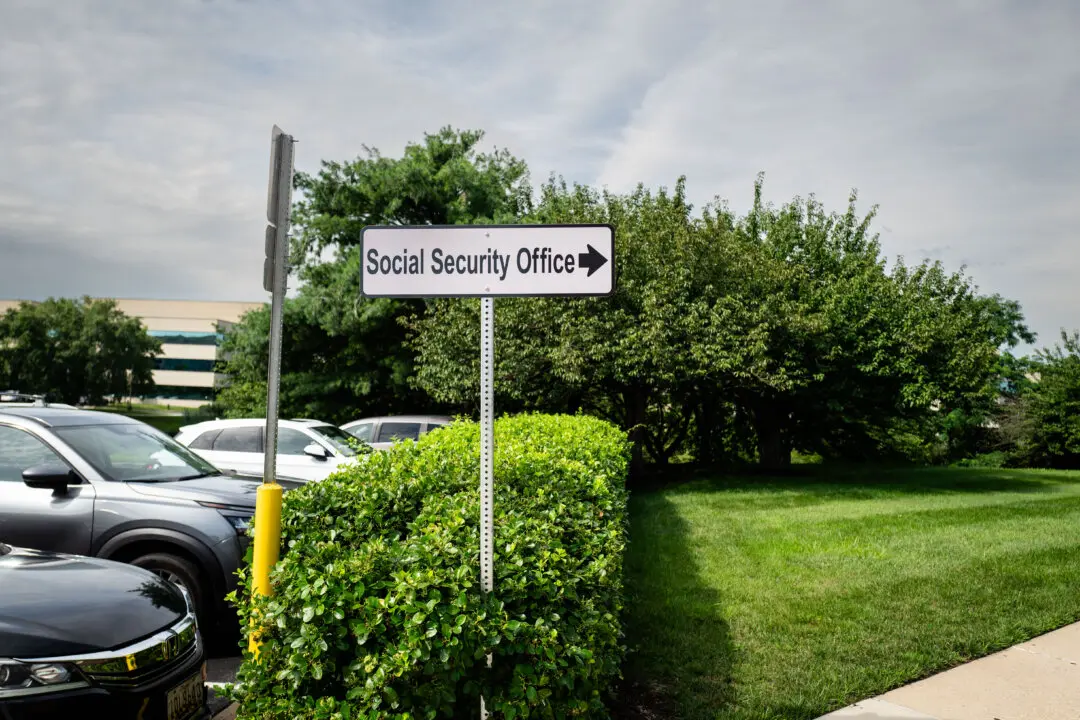Federal Reserve Chair Jerome Powell says it is “absolutely essential” to trim inflation while also accomplishing a “soft landing.”
Powell participated in an event as part of the International Monetary Fund’s (IMF) Debate on the Global Economy, which also featured IMF managing director Kristalina Georgieva and European Central Bank (ECB) president Christine Lagarde.





